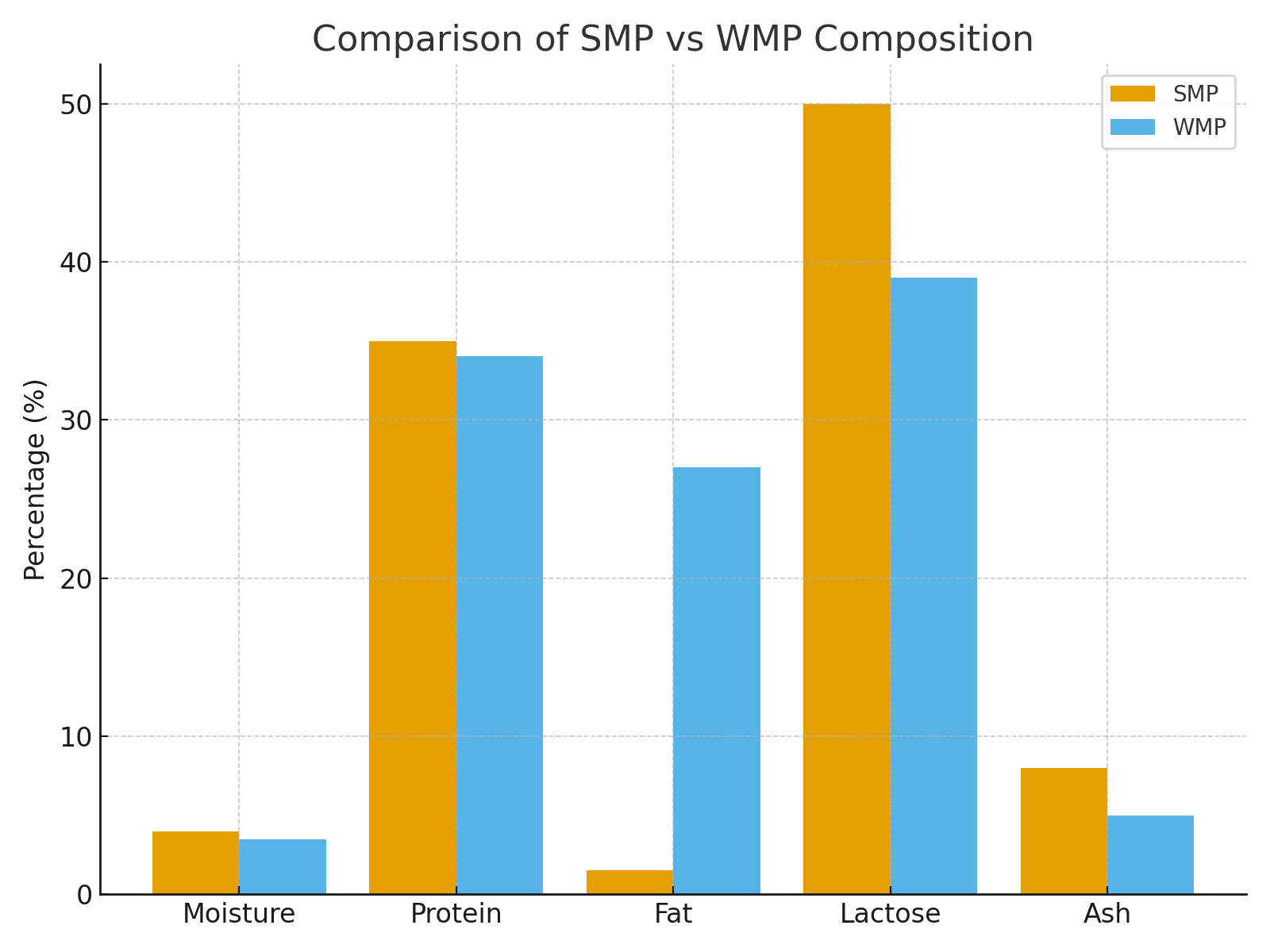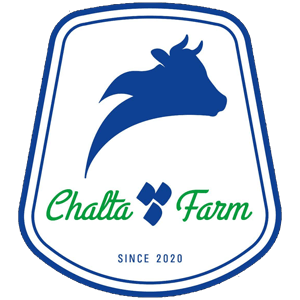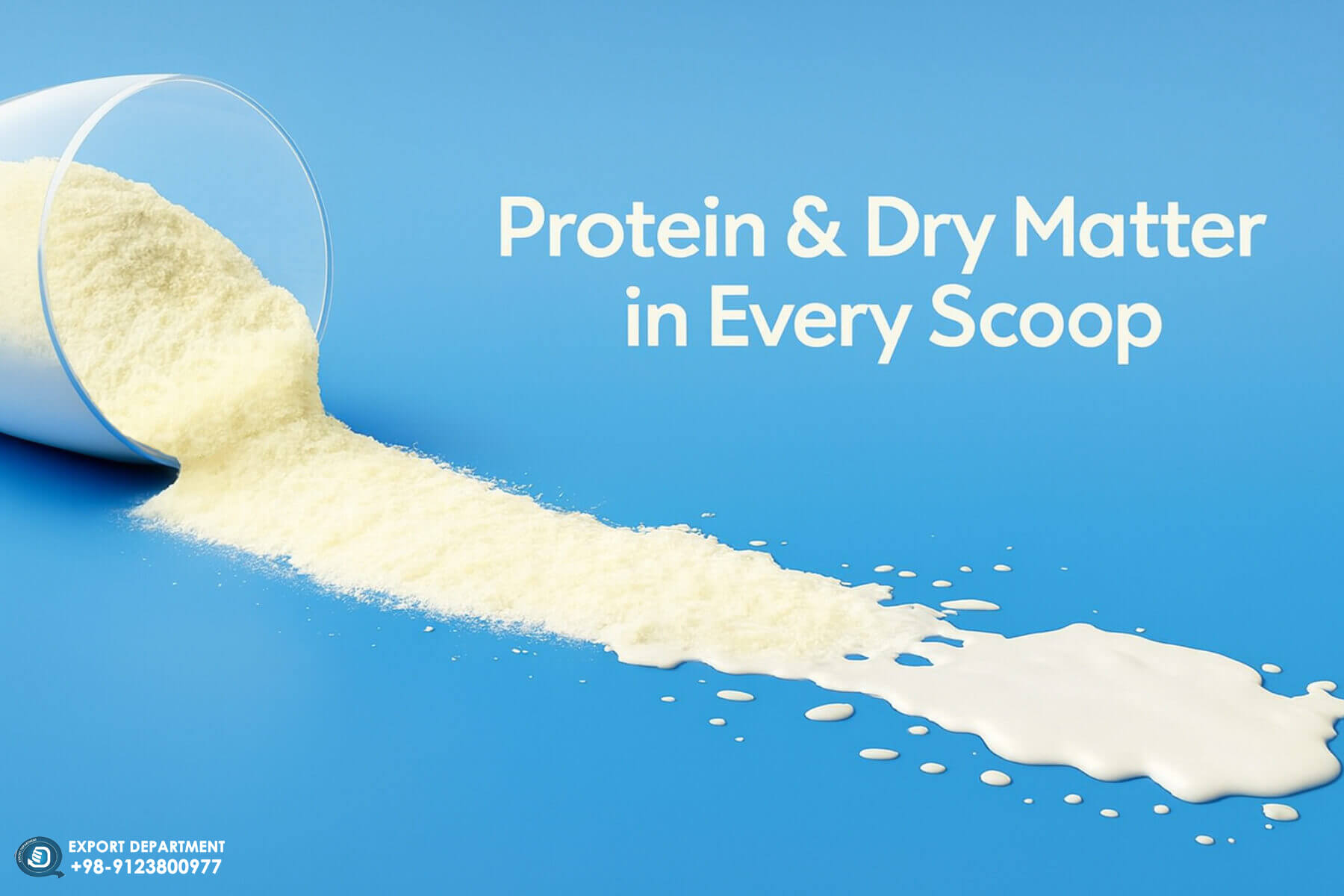Analysis of Skim and Whole Milk Powder
A detailed analysis of skimmed and whole milk powder, covering international standards, key nutritional components, additives, and quality indicators.
Industrial milk powder is produced by removing part of the water from milk and converting it into a stable powder, which serves as a key ingredient across a wide range of formulations—from dairy products and bakery goods to chocolate and beverages. The quality, processing performance, and nutritional value of these powders directly depend on their composition and the accuracy of their analysis. The primary reference for compositional and quality requirements at the international level is the Codex Standard for Milk Powder (CXS 207-1999). This standard defines permissible limits for fat content, moisture, and the minimum protein content on a fat-free solids basis.
Raw Materials and Production Process
The main raw material for industrial milk powder is milk. When necessary, fat/protein adjustment is allowed solely to meet compositional requirements and can be achieved using milk components such as milk retentate (concentrated phase), permeate, and lactose, provided that the whey-to-casein protein ratio remains unchanged. The most common production method is spray drying, which involves initial water evaporation followed by atomization in a drying tower.
Compositional Requirements According to Codex and ADPI
According to Codex (CXS 207-1999), the main compositional limits for different milk powders are as follows:
Skimmed Milk Powder (SMP)
- Maximum fat: 1.5%
- Maximum moisture: 5% (lactose crystallization water excluded)
- Minimum protein content on a fat-free solids basis: 34%
Whole Milk Powder (WMP)
- Fat: minimum 26% and less than 42%
- Maximum moisture: 5%
- Minimum protein content on a fat-free solids basis: 34%
The ADPI industrial standard (2023 version) also sets similar limits for SMP: minimum protein content on a fat-free solids basis 34%, maximum 5% moisture, and maximum 1.5% fat.

Permitted Additives and Anti-Caking Agents
Codex allows only certain additives within defined limits. Examples include:
- Stabilizers: Sodium/Potassium Citrate up to 5,000 mg/kg (on a dry basis)
- Acidity regulators: Sodium/Potassium Phosphates up to 5,000 mg/kg
- Emulsifiers: Lecithin, mono- and diglycerides up to 2,500 mg/kg
- Anti-caking agents: Calcium carbonate, tricalcium phosphate, silicates, silica, etc., up to 10,000 mg/kg total
These limits help maintain flowability and storage stability of the powder.
Key Analytical Indicators
Dry Matter and Moisture
Dry matter includes all non-water components. In industrial milk powder analysis, moisture is typically measured using official reference methods aligned with Codex STAN 234/AOAC and should comply with the Codex limit of ≤5% (lactose crystallization water excluded). Lower moisture enhances shelf-life and reduces caking and stickiness risks.
Protein Content
Protein in milk powder, particularly SMP, is measured by the reference Kjeldahl method (ISO 8968-1 | IDF 20-1), which calculates protein from nitrogen content using a factor of 6.38. This internationally recognized method is standard in the dairy industry and serves as the basis for protein labeling.
Fat Content
Fat is measured using conventional official methods (AOAC/IDF). For SMP, the maximum fat is 1.5%, while for WMP, the minimum is 26%. Fat content determines the final application (e.g., low-fat beverages, chocolate, ice cream).
Lactose and Ash
Lactose in SMP typically ranges between 50–52 g per 100 g. The standard determination method in dairy powders is HPLC (ISO 22662). Ash in SMP is usually around 8 g per 100 g.
Ash
Ash represents the total minerals remaining after complete combustion of the sample under standard conditions. SMP ash content is usually 7–8% on a dry weight basis, reflecting the content of calcium, phosphorus, potassium, magnesium, sodium, and other elements. Proper Ash content directly influences nutritional and functional properties. Excess Ash may negatively affect taste and color, whereas standard Ash levels indicate high-quality raw material and correct processing.
Lactose
Lactose, the primary sugar in milk, constitutes about 49–52% of dry weight in SMP and 37–40% in WMP due to higher fat content. Lactose serves as the main carbohydrate source and impacts physical properties; for instance, crystallization can lead to a sandy texture. During spray drying, lactose remains mostly amorphous, which is a major cause of stickiness at high relative humidity.
Skimmed Milk Powder Nutritional Analysis
A typical nutritional profile of SMP/Nonfat Dry Milk (per 100 g) is as follows:
- Energy: ~358–362 kcal
- Protein: ~35–36 g
- Total fat: ~0.7–0.8 g
- Carbohydrate (mostly lactose): ~52 g
- Ash: ~7.9–8.0 g
- Calcium: ~1230–1257 mg; Phosphorus: ~970–985 mg; Potassium: ~1705–1794 mg
- Essential amino acids: Leucine ~3.4–3.5 g; Lysine ~2.8–2.9 g
These values indicate that SMP provides high-quality protein, calcium, and micronutrients while being lower in fat and calories than WMP. For labeling or formulation purposes, USDA/AMS data and recognized nutritional databases can be used, but for industrial production and regulatory compliance, Codex and ADPI standards remain essential.
Physical-Quality and Microbial Criteria
Other important indicators include solubility index (≤1.0 mL), scorched particles (maximum Disc B), and titratable acidity, which are provided by Codex as complementary quality information.
Reference Methods for Analysis (Quality Control Requirements)
- Total Protein (Kjeldahl): ISO 8968-1 | IDF 20-1; calculated as N × 6.38
- Lactose: HPLC reference method ISO 22662 (IDF 198)
- Moisture/Ash/Fat: Official methods as listed in Codex STAN 234 and AOAC/IDF documents, selected according to sample matrix and testing purpose
These methods form the basis for industrial milk powder analysis, ensuring accuracy for B2B audits, export requirements, and regulatory compliance.
Comparison of Skimmed and Whole Milk Powder from ChaltaFarm
Moisture
- SMP: maximum 4%
- WMP: maximum 3.5%
Lower moisture reduces microbial growth risk and improves product stability.
Ash
- SMP: 7.6–8.2%
- WMP: 5–6%
Fat
- SMP: maximum 1.5%
- WMP: 26–28%
Whole milk powder is significantly higher in fat.
Protein (on a Fat-Free Solids Basis)
- SMP: 34–36%
- WMP: minimum 34%
Lactose
- SMP: 45–55%
- WMP: 38–40%
In ChaltaFarm’s products, SMP has slightly higher moisture (4%), higher Ash content (7.6–8.2%), and significantly higher lactose (45–55%), while being very low in fat (≤1.5%). WMP is drier (3.5% moisture), much higher in fat (26–28%), and lower in minerals and lactose (5–6% and 38–40%, respectively). Protein content is similar for both, ranging between 34–36%. Both ChaltaFarm skimmed milk powder and whole milk powder exhibit high processing quality, including good solubility and minimal scorched particles.
Read More: Cheese Making with Skim Milk Powder
Conclusion
In conclusion, understanding the composition, standards, and analytical methods of industrial milk powders—both skimmed and whole—is essential for ensuring their nutritional quality, processing performance, and compliance with international regulations. Proper control of moisture, protein, fat, lactose, and mineral content allows manufacturers to optimize product stability, functionality, and suitability for diverse applications. By adhering to Codex and ADPI standards and employing accurate analytical techniques, dairy producers can guarantee high-quality milk powders that meet both industrial and consumer expectations.


.webp)



.jpg)